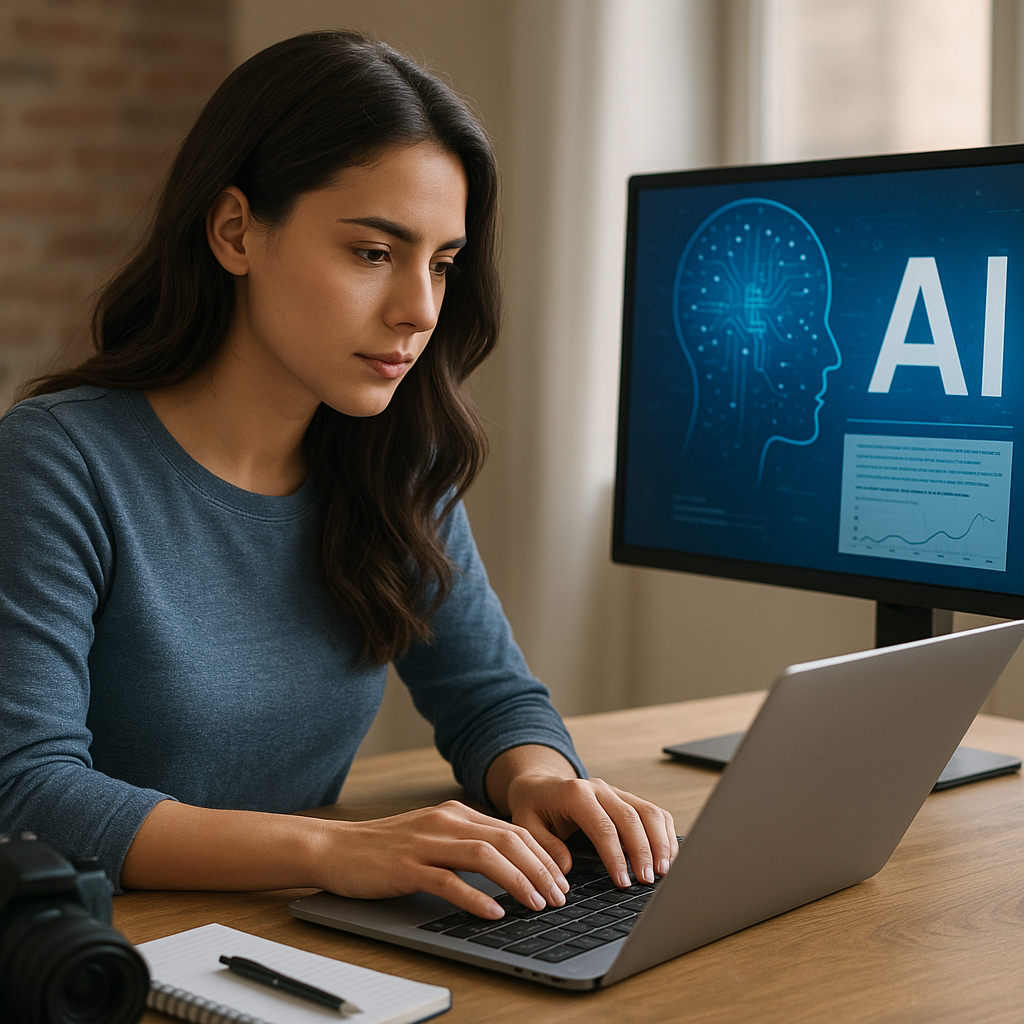The integration of AI technologies into the realm of online content creation has sparked a remarkable transformation. From automated copywriting to intelligent video editing, creators and brands leverage machine intelligence to reach audiences in novel ways. This article explores key developments, emerging trends, and the broader implications of this digital revolution.
Evolution of AI-Powered Content Tools
Content generation has come a long way since the days of manual scripting and basic graphic design software. Today’s solutions harness algorithms to produce blog posts, social media updates, and even entire marketing campaigns.
Smart Copywriting and Text Generation
Language models can draft articles, craft email subject lines, and generate social media captions within seconds. These systems analyze vast corpora of text to learn grammar, tone, and style, enabling them to mimic human writers. Key benefits include:
- Speed: Instant content creation reduces turnaround times.
- Consistency: Brand voices remain uniform across platforms.
- Scalability: Teams can produce high volumes of copy without hiring additional writers.
AI-Driven Visual Creation
Graphic design and video editing have also embraced automation. Tools now transform simple text prompts into custom images, motion graphics, or video montages. Examples include:
- Generative image platforms that craft unique visuals tailored to campaigns.
- Automated video editors that scan footage, select highlights, and add transitions.
- Interactive design assistants that recommend layouts, color palettes, and typography based on target audiences.
Personalization and Audience Engagement on Social Media
Relevance and resonance have become the currency of social platforms. AI-driven personalization enables brands to tailor content to individual preferences, boosting engagement rates and fostering deeper connections.
Dynamic Content Recommendations
Machine learning engines analyze user behavior—clicks, watch time, comments—to surface highly tailored posts, videos, and ads. This feeds a virtuous cycle:
- Improved retention: Users spend more time on platforms that understand their interests.
- Higher conversion: Personalized ads enjoy better click-through rates and sales results.
- Data-driven insights: Marketers refine strategies based on detailed performance metrics.
Chatbots and Conversational Marketing
Integrating AI-powered chatbots into social channels provides instant customer support and qualifies leads in real time. Through natural language processing, these bots understand queries, provide relevant answers, and guide users toward desired actions, such as newsletter sign-ups or product demos.
Influencer Collaborations Enhanced by AI
Rather than relying on broad metrics alone, brands now use AI to identify micro-influencers whose audiences align closely with campaign goals. Factors considered include engagement patterns, audience demographics, and content style. This level of personalization helps in:
- Maximizing return on investment by targeting niche communities.
- Reducing wasted spend on low-performing partnerships.
- Fostering authentic connections between creators and followers.
Emerging Trends and Ethical Considerations
As AI permeates every facet of content creation, emerging trends and ethical questions demand attention. Stakeholders must navigate challenges around data privacy, authenticity, and algorithmic bias.
Interactive and Immersive Experiences
With the rise of augmented reality (AR) and virtual reality (VR), AI is powering hyper-personalized immersive experiences. Examples include:
- Virtual showrooms where shoppers customize products in real time.
- AI-driven avatars that host live events and Q&A sessions.
- Adaptive storytelling platforms that branch narratives based on user choices.
Ethical AI and Responsible Creativity
Questions arise about the provenance of AI-generated content and its impact on human creators. Key concerns involve:
- Attribution: Should algorithms or developers receive credit for creative output?
- Fair compensation: How to ensure writers, designers, and artists are not displaced?
- Bias mitigation: Preventing AI from reinforcing stereotypes or misinformation.
Regulatory and Industry Responses
Regulators and industry bodies are crafting frameworks to govern AI use. Initiatives focus on transparency, accountability, and user consent. For instance, some platforms now require disclosing when content is AI-generated, while others audit algorithms for discriminatory outcomes.
Strategies for Brands and Creators
To thrive in this evolving landscape, brands and creators should embrace an adaptive mindset, integrating AI where it delivers clear value while safeguarding ethics and authenticity.
Balancing Human Touch and Automation
- Combine human editorial oversight with AI drafting to maintain originality.
- Use AI for repetitive tasks (e.g., tagging, scheduling), freeing teams to focus on strategic storytelling.
- Continuously train models on brand guidelines to align machine output with core values.
Investing in AI Literacy
Equip teams with the knowledge to evaluate, implement, and manage AI tools. Training in data analysis, model interpretation, and ethical best practices ensures informed decision-making.
- Host workshops on AI capabilities and limitations.
- Encourage cross-disciplinary collaboration among marketers, engineers, and legal advisors.
- Monitor emerging technologies to stay ahead of competitive pressures.
Measuring Impact and Embracing Adaptation
Define clear KPIs for AI-driven initiatives, such as content output volume, engagement uplift, or cost savings. Regularly review performance metrics and adjust strategies in response to market shifts and algorithm updates.
Through strategic integration of optimization techniques, brands can leverage AI to unlock new efficiencies and creative breakthroughs, all while maintaining the human connections that drive long-term loyalty.



